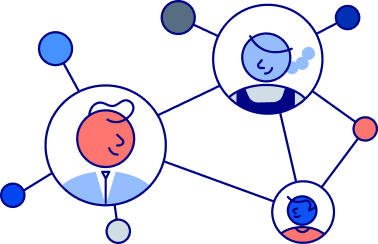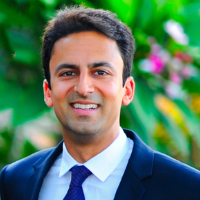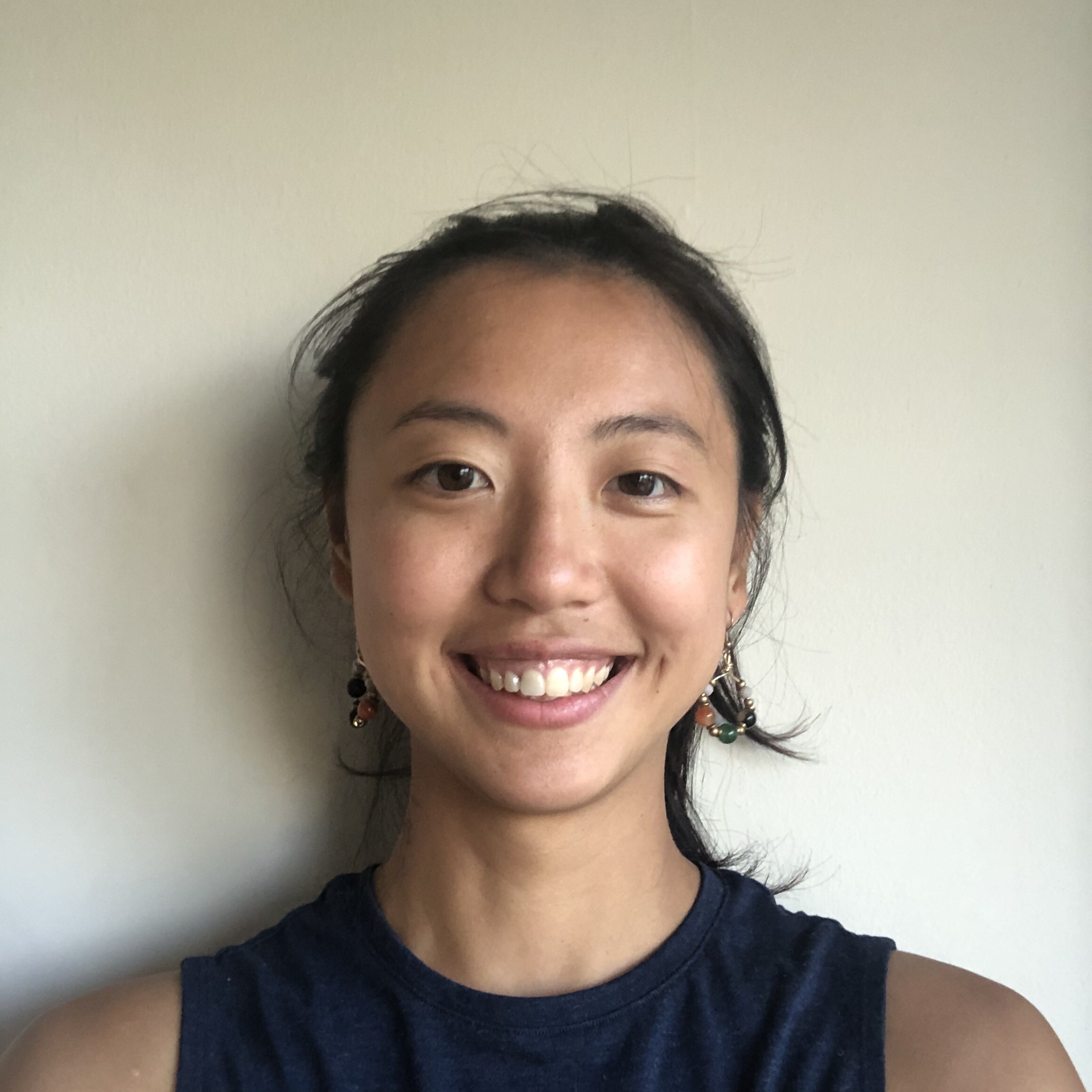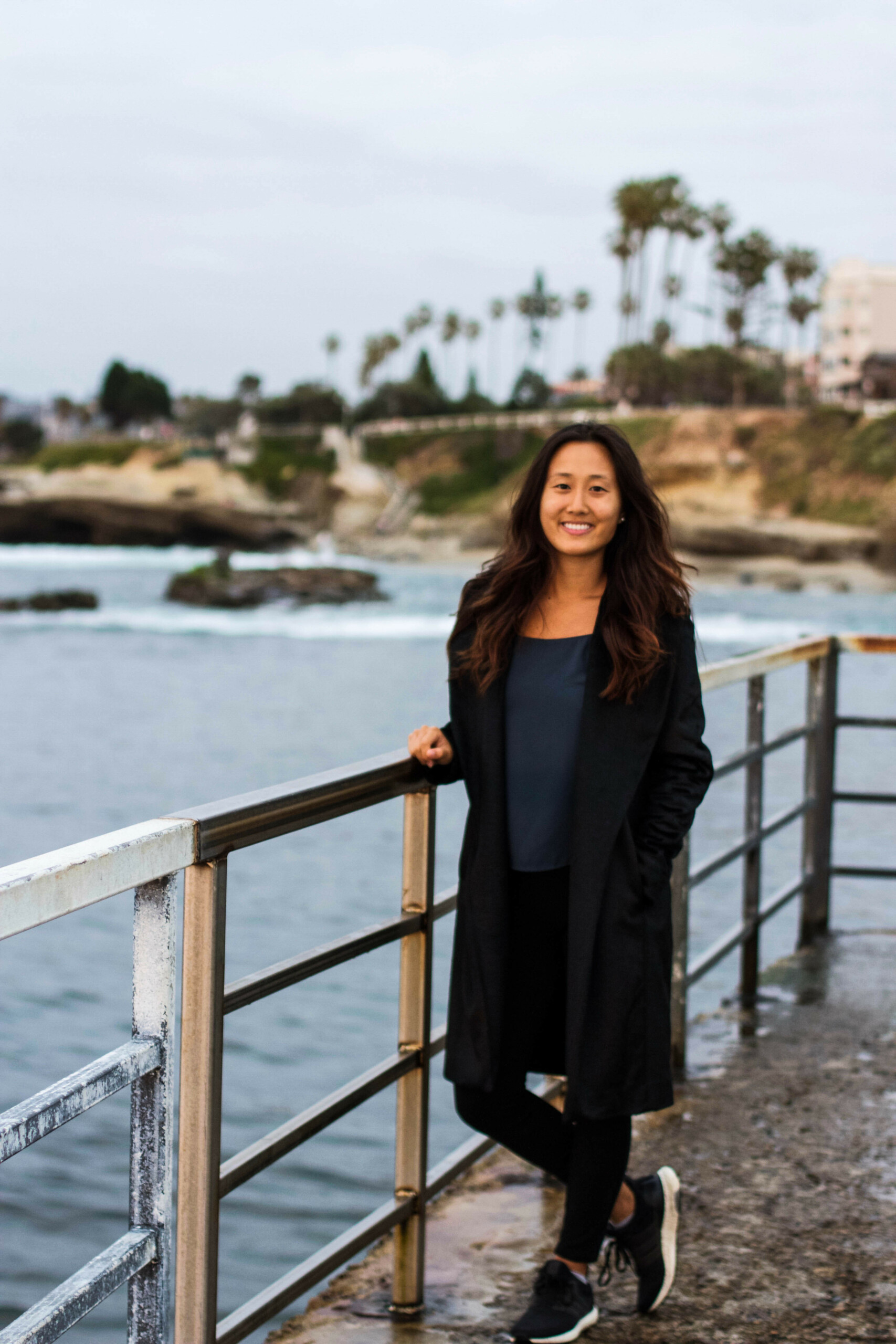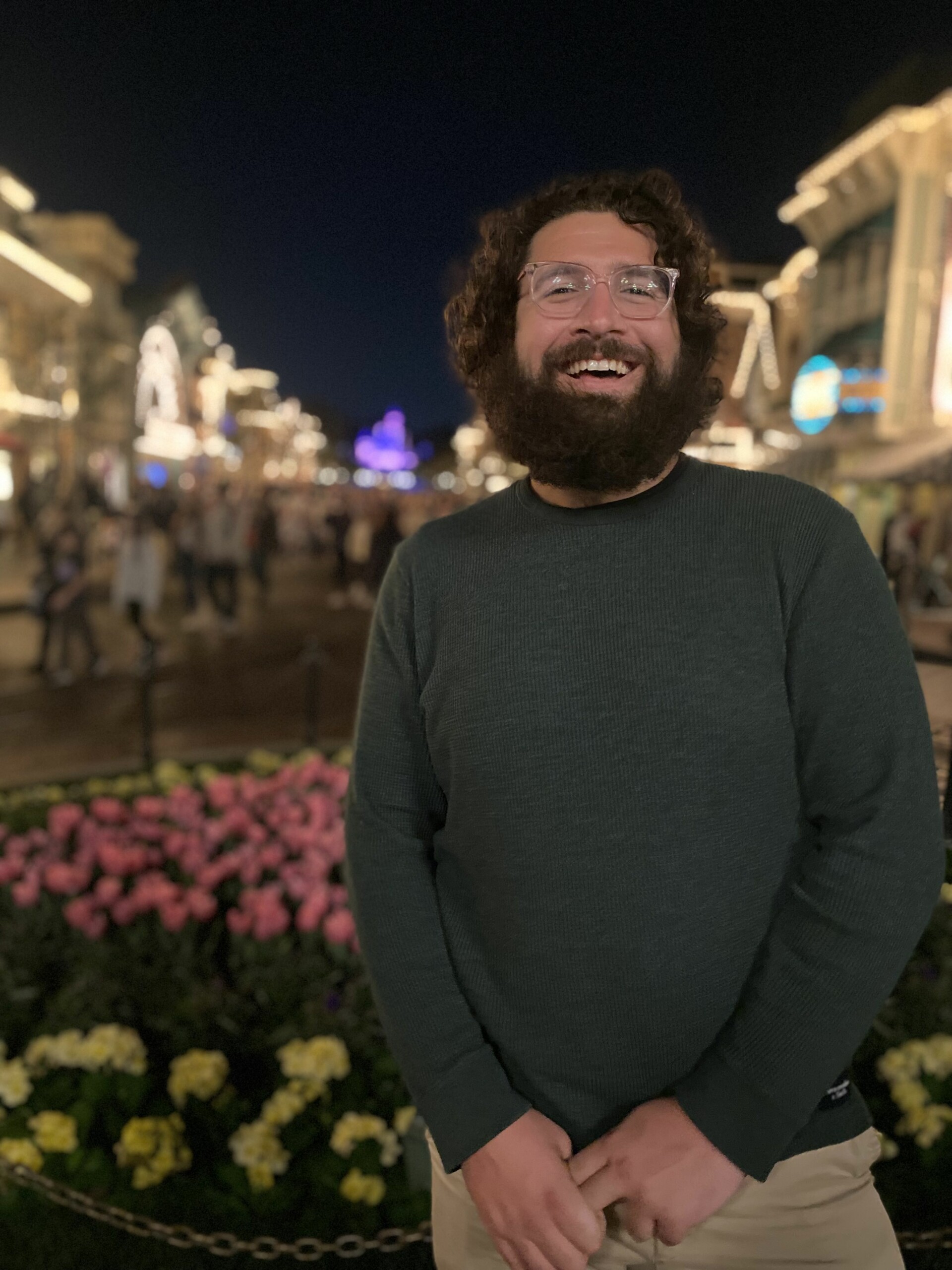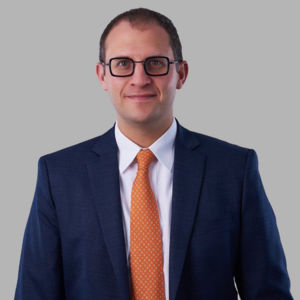Working in the United States either while studying or after can prove to be an incredible experience for most international students. For many, optional practical training (OPT) for F-1 students is the first step in that process.
Seeing what it takes to succeed in the U.S. job market can provide invaluable lessons that stick with students for life. The experience of working in the U.S. also creates opportunities for students that they would not find anywhere else.
Whether looking to build a professional network, gain valuable job experience to help with an application for permanent residency, or anything in between, the benefits are certainly numerous.
OPT Application Process
The application for Optional Practical Training begins with a visit to the designated school official (DSO). The DSO has all necessary paperwork and will know about any changes or special circumstances regarding a student’s situation.
The DSO will endorse Form I-20, update the required information within the SEVIS system, and provide guidance on filling out Form I-765. Once the F-1 student and DSO successfully submit the required paperwork, it is up to the USCIS to complete the process.
In general, the process runs smoothly. It is important to remember, though, that it can take up to three months for the application to process.
OPT Rules and Guidelines
As with all things immigration, OPT comes with quite a few rules and regulations that students should be aware of. And, while the complete list of rules can be found on the USCIS website and in the DSO office, there are some common rules that all students benefit from knowing.
Duration of OPT Status
A common question regarding OPT is how long the program lasts and if the program can be broken up into smaller periods.
OPT can be taken before a degree is earned and after. When taken before (pre-completion), OPT can be used in pieces. When taken after graduation (post-completion), the remaining time – the original 12 months, minus any used time from before graduation – occurs in one session.
Employment Considerations for OPT
In order to apply for OPT permission, there is no requirement that international students have a job or even a job offer. The application is simply a way to get permission from the U.S. Immigration office to work in the United States.
However, once you get OPT approval, you will need employment. If for whatever reason international students on OPT cannot find paid work, it is also possible to volunteer for 20 hours a week to satisfy the requirement.
OPT Unemployment
Although there is a requirement for employment, there is also an allowable period for looking for work. F-1 students with OPT permissions have a maximum of 90 days allowed (from 365) without working.
This means there is generally ample time to find employment, switch between jobs, and manage time for other considerations. It is useful to note, however, that going past the 90 days that are allowed will make it more difficult to transition from OPT to H-1B (insert link), or from H-1B to Green Card (insert link) later on.
OPT Extensions
There are two primary ways that international students can extend OPT permission. They can apply for a STEM OPT extension which allows for an additional 24 months or apply for a regular OPT extension after completing a second (higher) degree.
The Role of STEM
International students who have completed a degree in one of the STEM fields of study can apply for a STEM extension once they have completed the regular OPT 12-month period. The extension can be up to 24 months making it possible for international students to stay in the U.S. for three years after their graduation.
In addition to the first STEM extension, there is also a possibility for a second. To get a second STEM extension, students must complete another degree, another year of traditional OPT, and then apply for their second round of STEM OPT.
Final Thoughts
Thanks to various immigration programs aimed at helping international students, it is quite possible for F-1 students to remain in the U.S. after school for a considerable amount of time. Should they decide to stay, transitioning from an OPT to an H-1B, or an H-1B to a Green Card, is a more permanent solution.
Related Questions
What is the main difference between the H-1B and the OPT?
There are some important differences between the H-1B and the OPT. For one thing, the H-1B visa is for longer-term stays. The H-1B is also commonly referred to as a work visa. The OPT, on the other hand, is connected to the student visa (F-1). It only lasts for one year (or two years for STEM students).
Can I transition to H-1B status from OPT?
Transitioning to an H-1B visa from Optional Practical Training is possible. International students wishing to obtain an H-1B visa should apply for the working visa while still completing the OPT. To file for an H-1B, students must find a suitable employer who files a petition. They should also seek to be included in the 65,000 available H-1Bs each year.
How long does it take to get OPT approval?
Approval for Optional Practical Training can take up to three months from the application date. In general, students entering their final semester should begin the OPT application process to ensure a smooth transition.



